Eileen Gray’s E-1027 launches crowdfunding campaign for restoration of original interiors

A crowd-funding campaign has been launched to raise money for important restorations to Eileen Gray’s modernist villa E-1027 in the south of France. The house, which reopened in 2015 after crucial structural restoration saved it from falling into complete disrepair, now aims to restore the unique fixed and free-standing furnishings in the dining alcove, using Gray’s original materials and methods and to create disabled access to the villa.
There is much to celebrate about Gray, a contemporary of Le Corbusier, Gray was a tour de force of her time – unbounded in her creative output and a powerful, entrepreneurial female in an era dominated by men.
In 1926, architect Jean Badovici commissioned Gray to design his summer retreat in Roquebrune-Cap-Martin on the coast overlooking the Mediterranean sea. They had met in Paris, and Badovici encouraged Gray to express her creative vision through the design of the house, now an icon of modernist architecture.
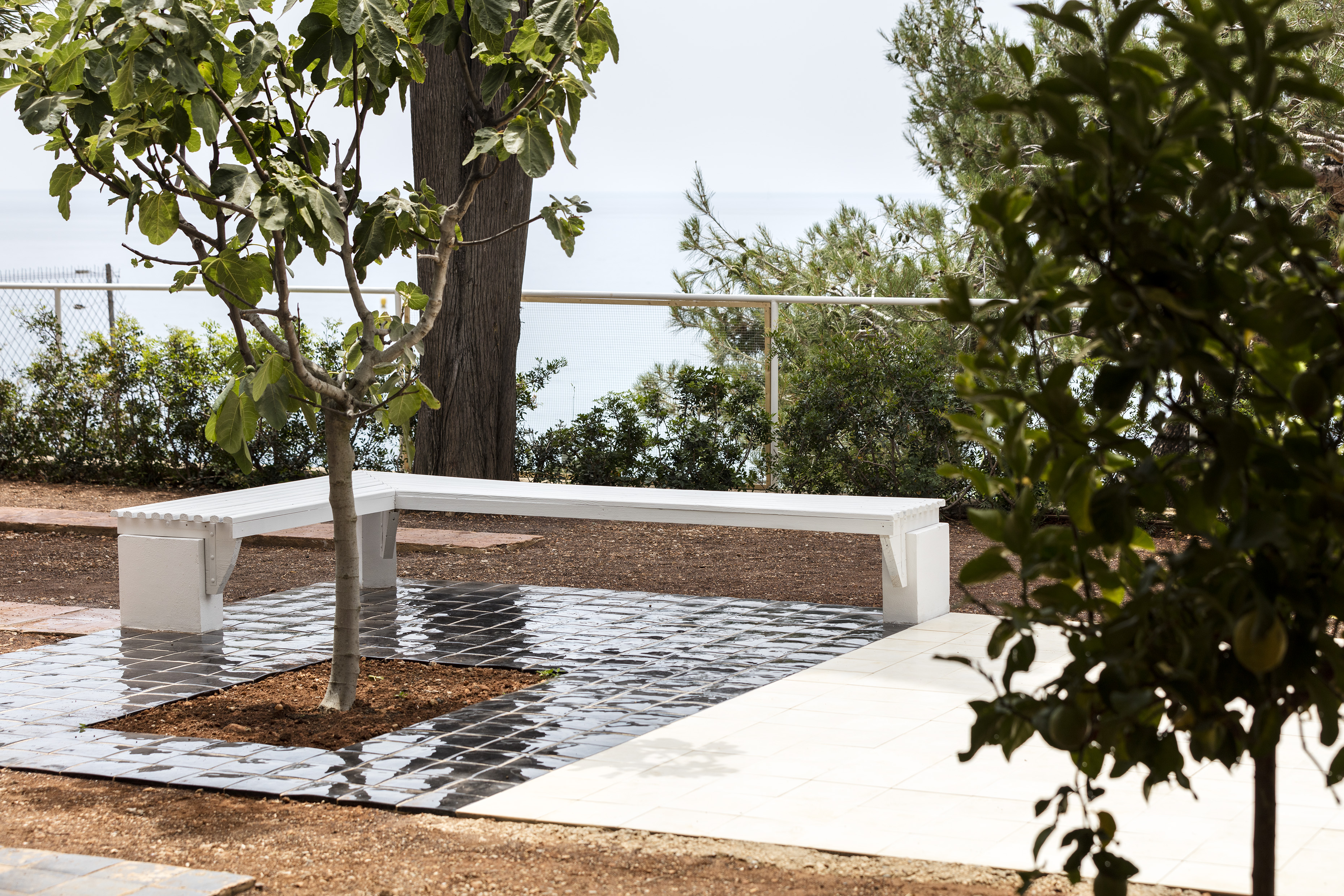
The restored and landscaped garden at E-1027.
Badovici was known for his passion for entertaining so Gray designed a unique dining alcove that combined all his cocktail-making needs into one clever piece. The foldable table transformed the corridor into a bar, while a bespoke container for slices of lemon was placed in convenient reach. No original furnishings exist in the dining room and bar, except Le Corbusier’s colourful mural, which is why the restoration is so important. Photographs, Gray’s drawings and surviving elements of her decoration and furniture that can be found in museums and private collections will provide the source material for the restoration.
A visit to E-1027 today consists of a guided tour around the villa within a group of 12 where a spoken history of the villa is complemented by archive photographs that show how the original interior looked. The planned restoration will help bring the interior back to life, so visitors can experience the true character of the house, how Gray intended it.
‘Eileen Gray was particular and precise in her materials, textures and colours in everything, hence our search for precision in our reconstructions. Her genius is in these details, and we seek to reproduce them precisely,’ says Michael Likierman, director at Cap Moderne, the non-profit association set up in 2014 to preserve the villa for the public.
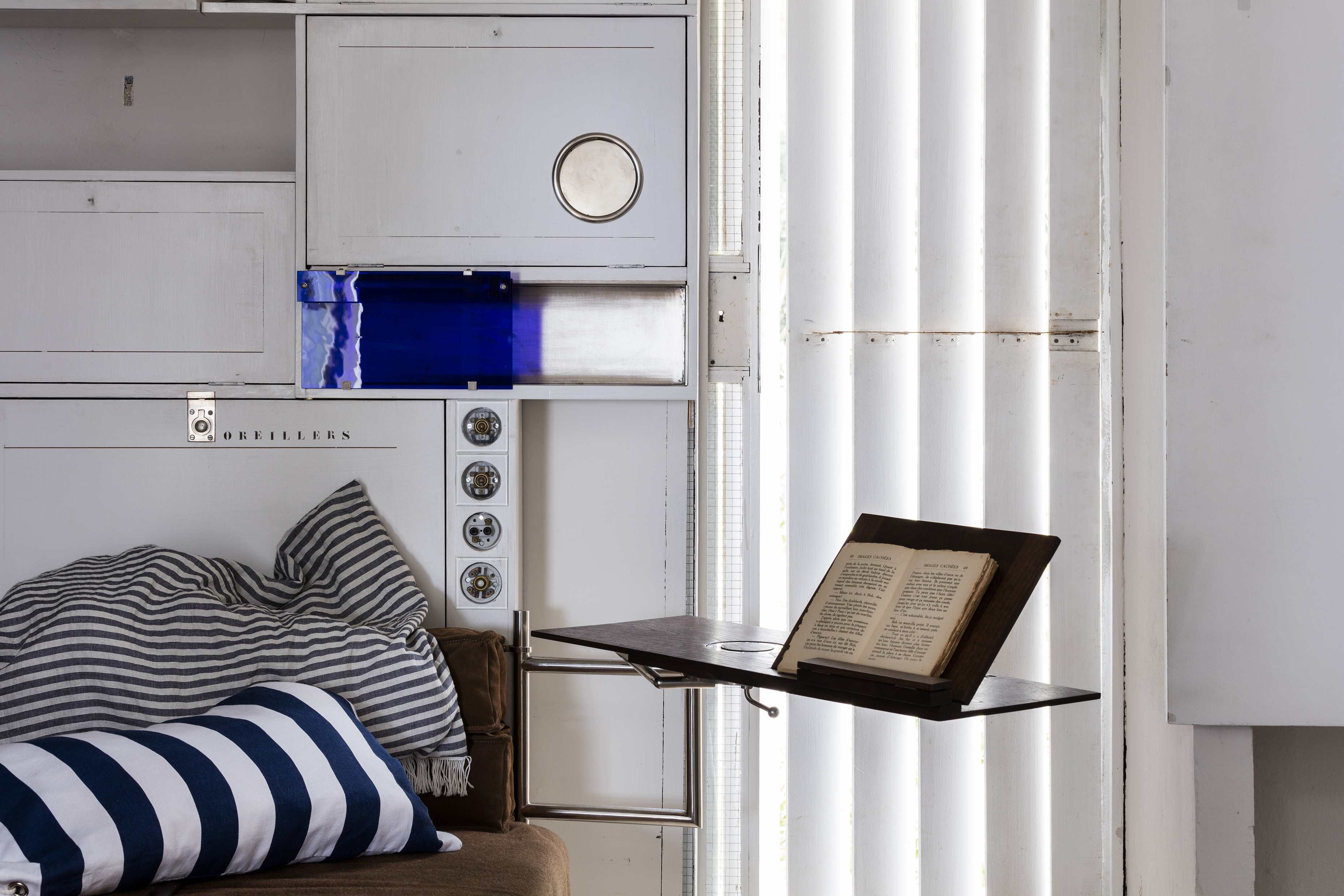
Interiors in one of the bedrooms at E-1027.
E-1027 was rescued from dilapidation by the Cap Moderne association, set up by the Conservatoire du Littoral. Prior to 2014, and after Gray moved out in 1932, the house had experienced a tumultuous time falling into disrepair from neglect, used for target practice by German soldiers during the Second World War, and the site of a murder in the 1990s.
Thanks to the Cap Moderne, the Conservatoire du Littoral and the Friends of E-1027 group, the villa opened to the public in 2015 and since then visitor numbers have been on a steady and steep incline since the opening in 2015. They’re projected to double by the end of this year’s season which runs from May to October.
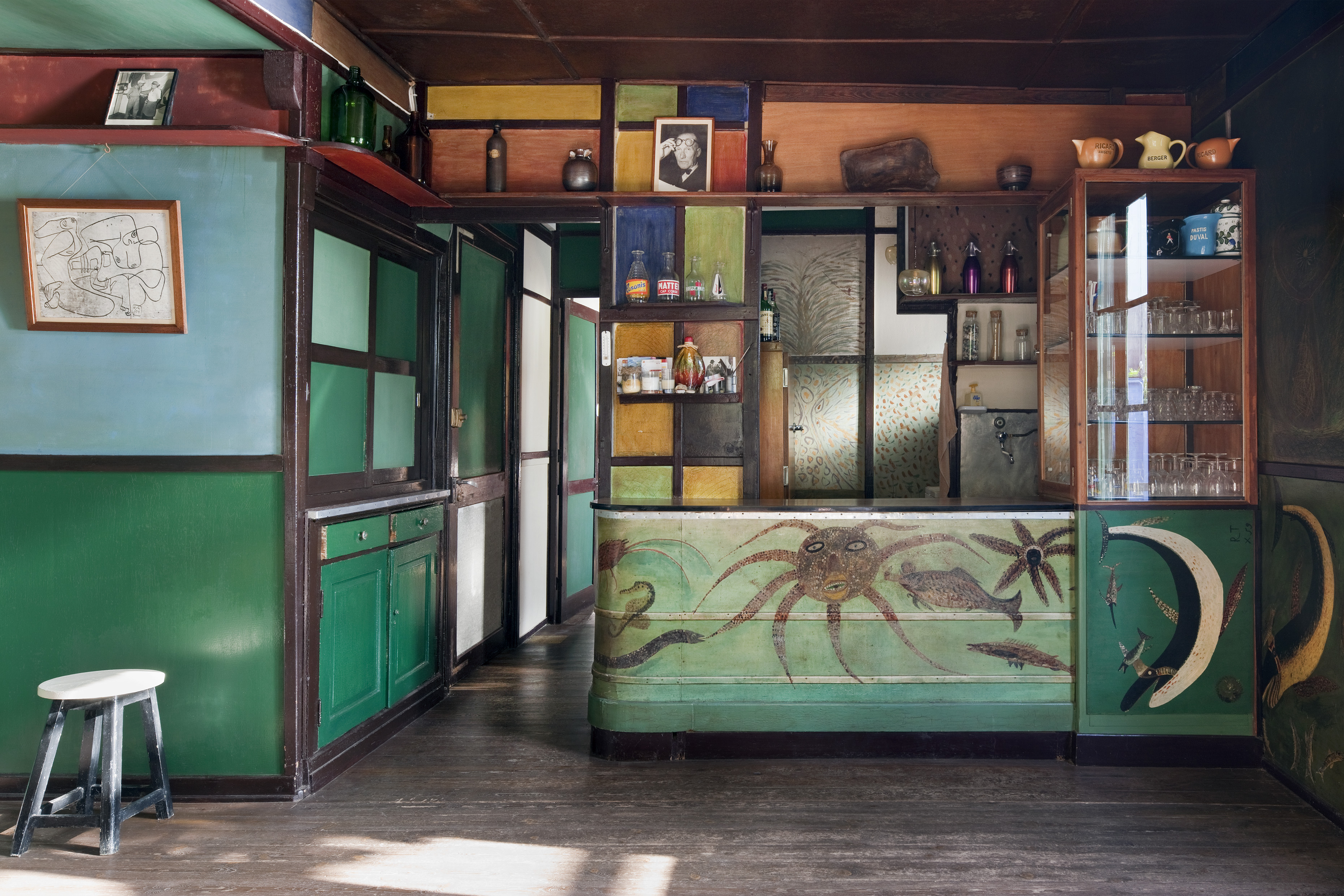
L’Étoile de Mer.
This month, creatives across the world are rallying together to help raise money towards the continuing restoration and improved facilities at E-1027. Designer Faye Toogood has joined the campaign in support, referencing Gray as an important inspiration to her: ‘As a female designer, I’ve long been inspired by her legacy as a rare female pioneer in the world of design. E-1027 is a radical modernist masterpiece and having suffered disrepair and near dereliction; this pertinent crowdfunding initiative will ensure its protection and is therefore crucial,’ she says.
Photographer François Halard has created some exclusive images of E-1027 and other rewards have been offered for those who contribute towards the campaign. Join Halard and Toogood to support the campaign before it ends on Saturday 10 November 2018.
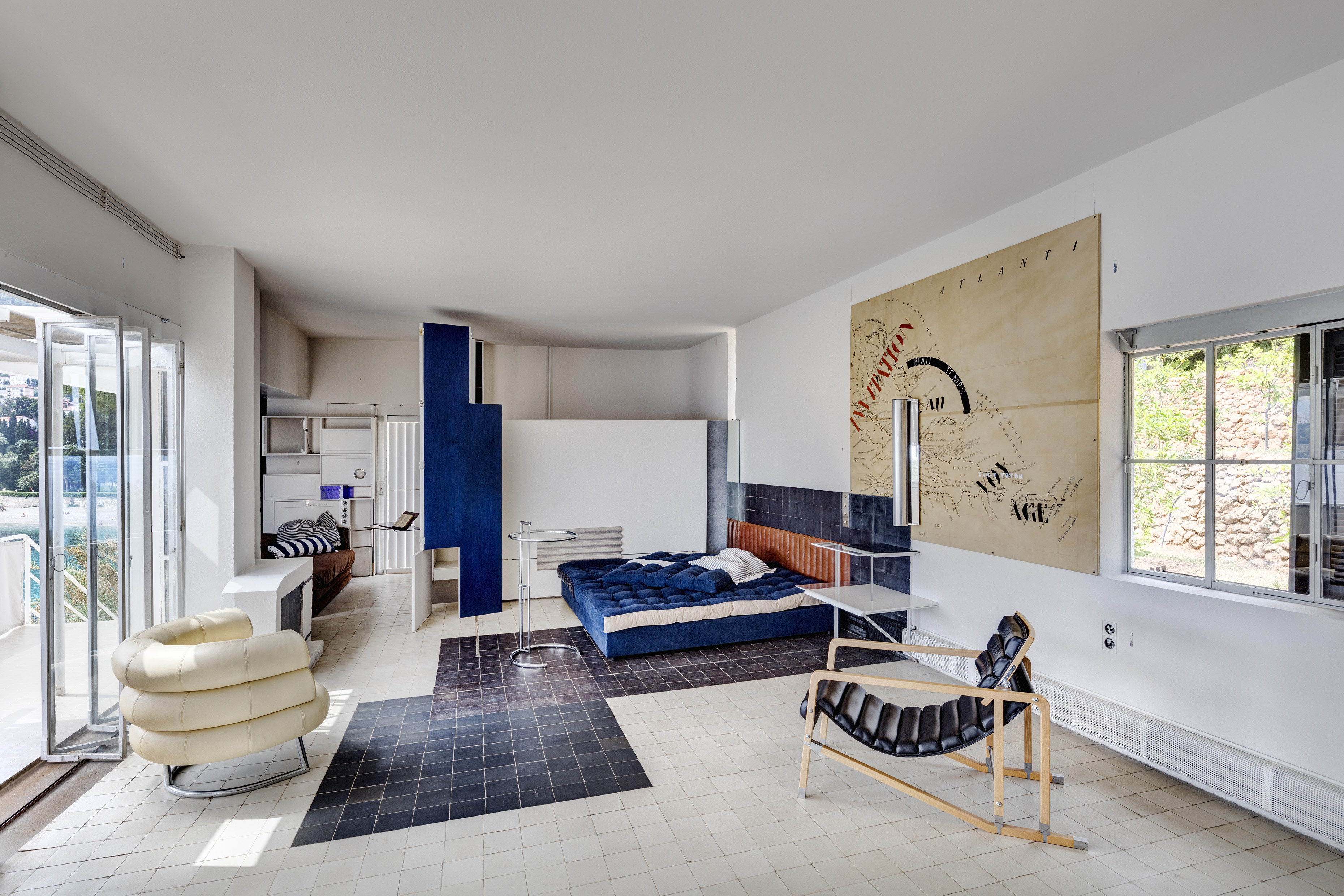
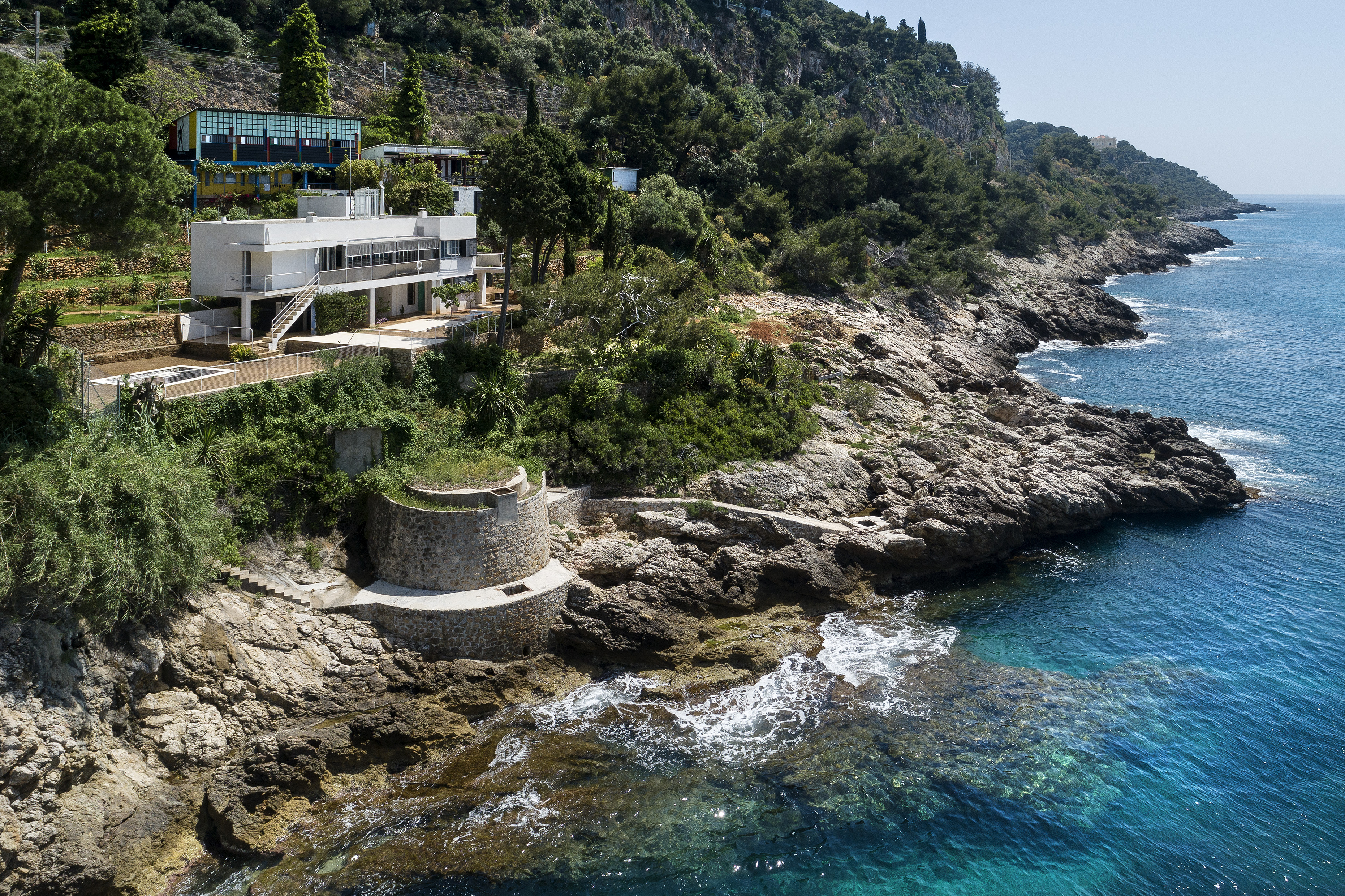
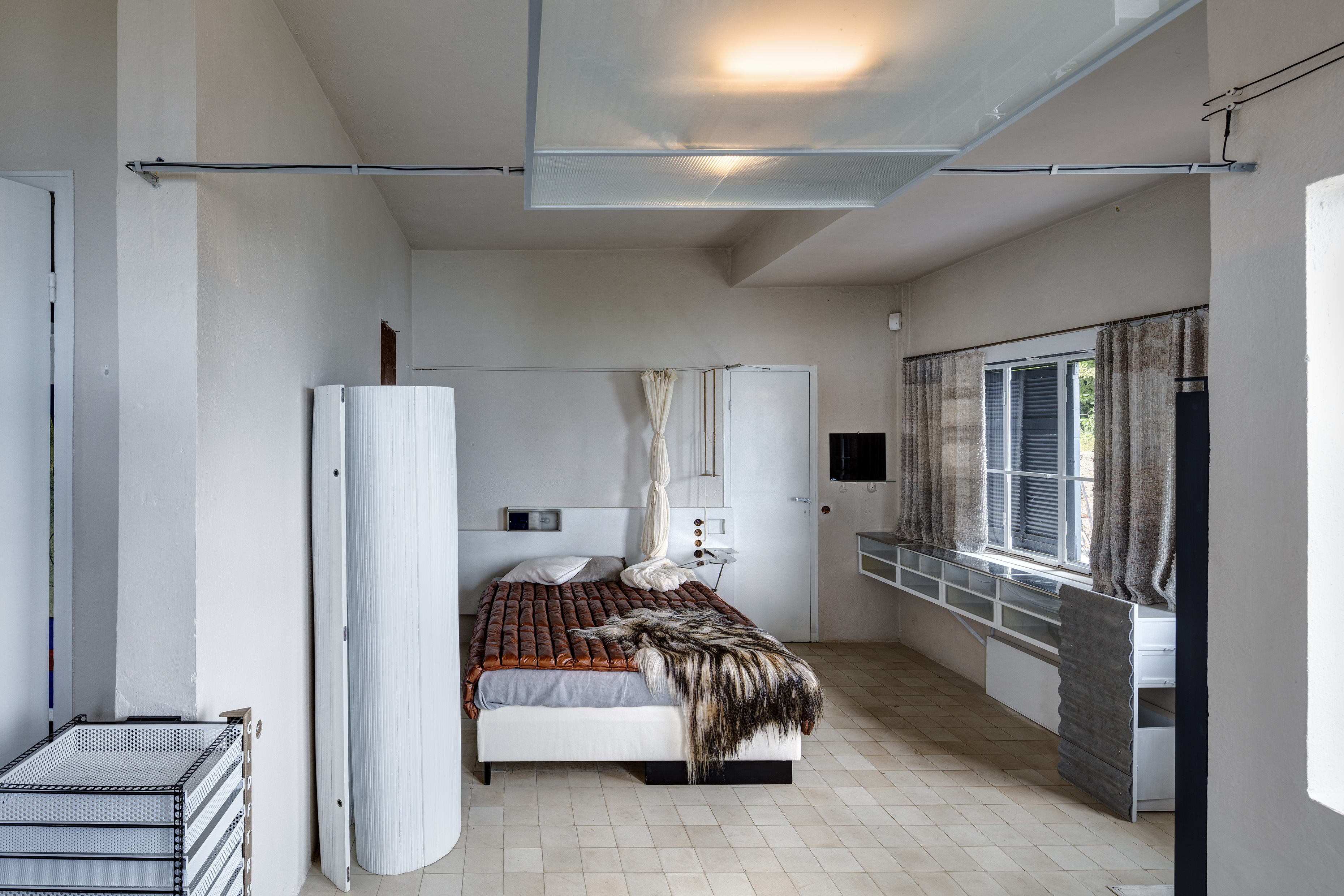
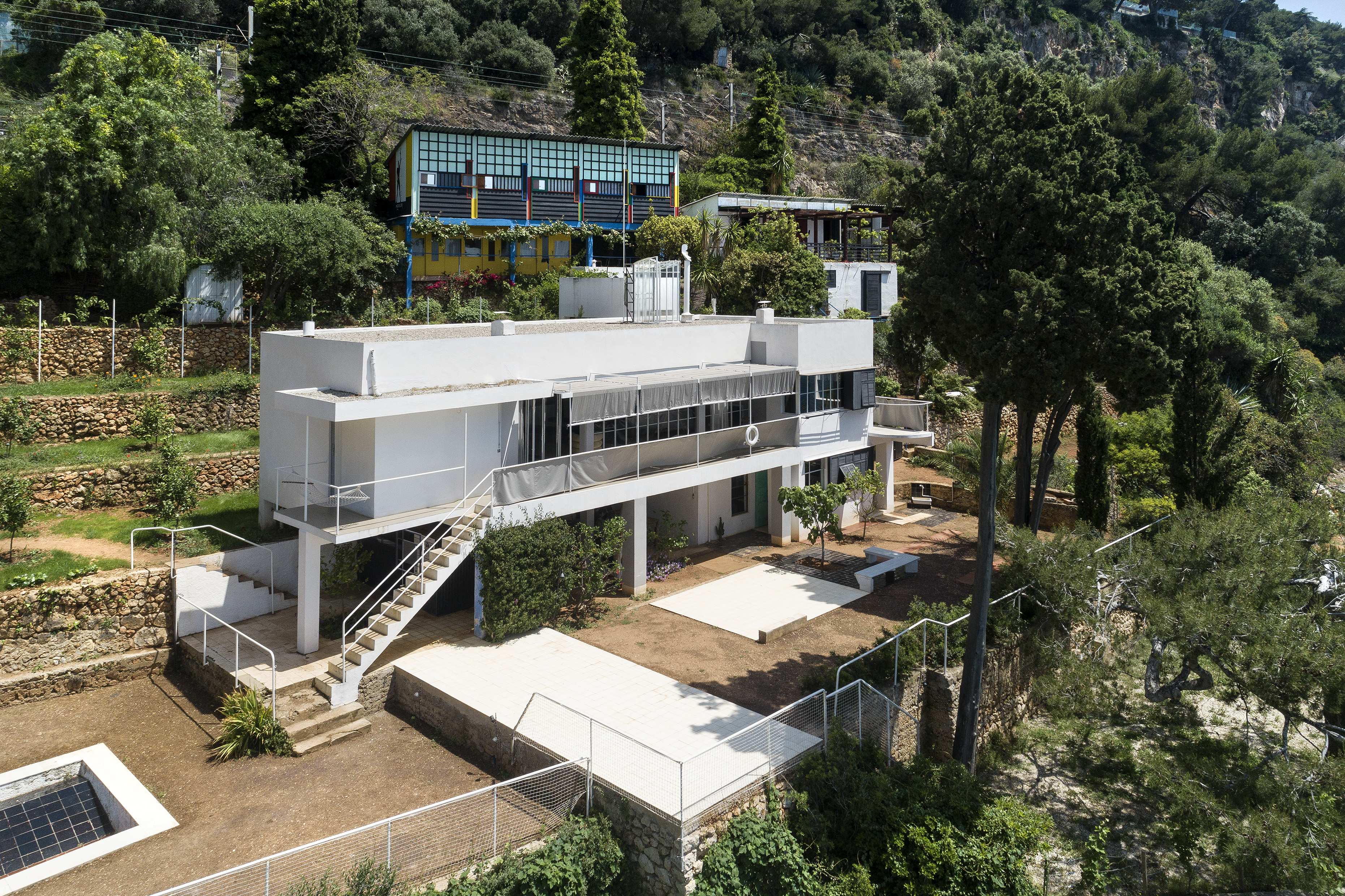
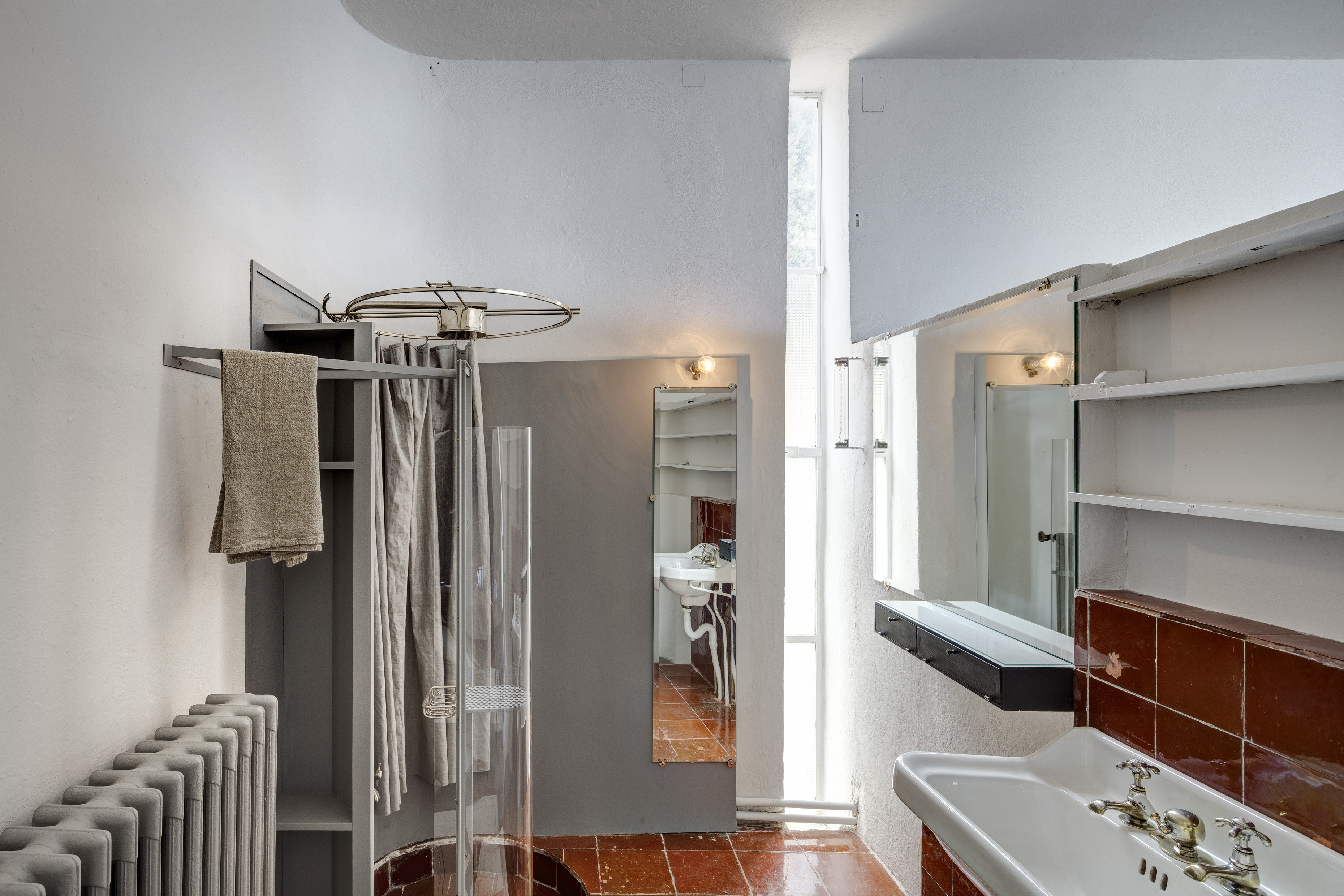
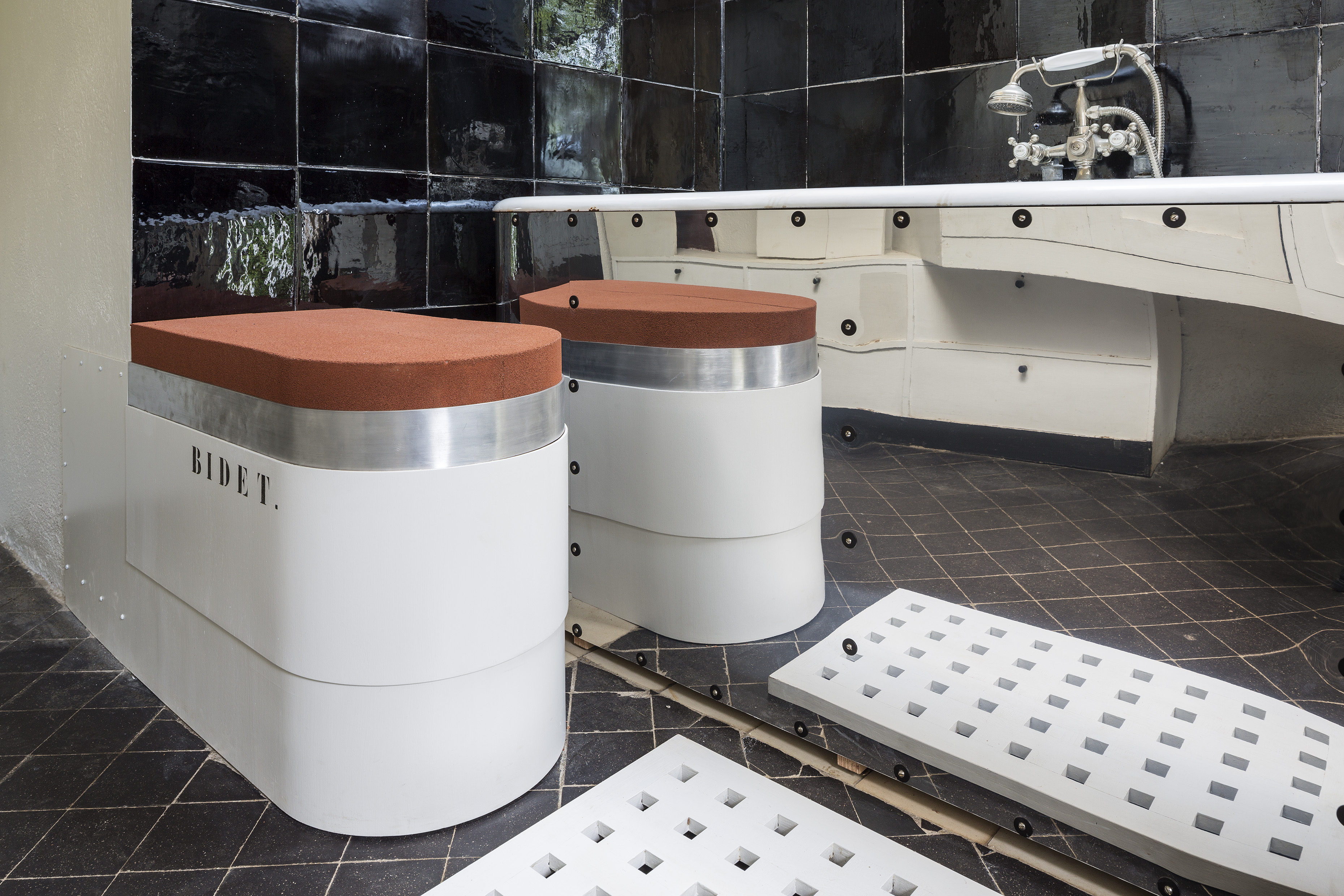
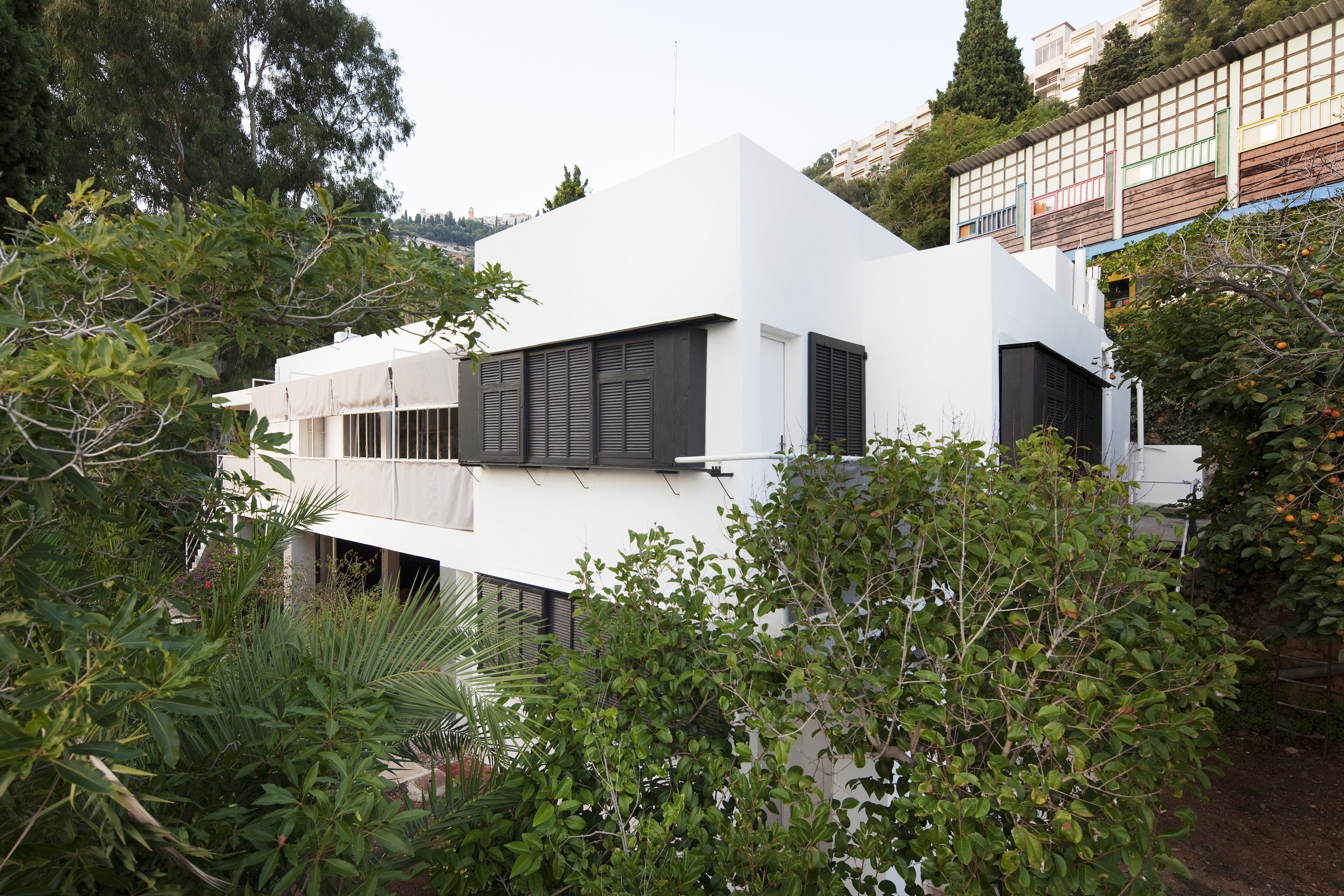
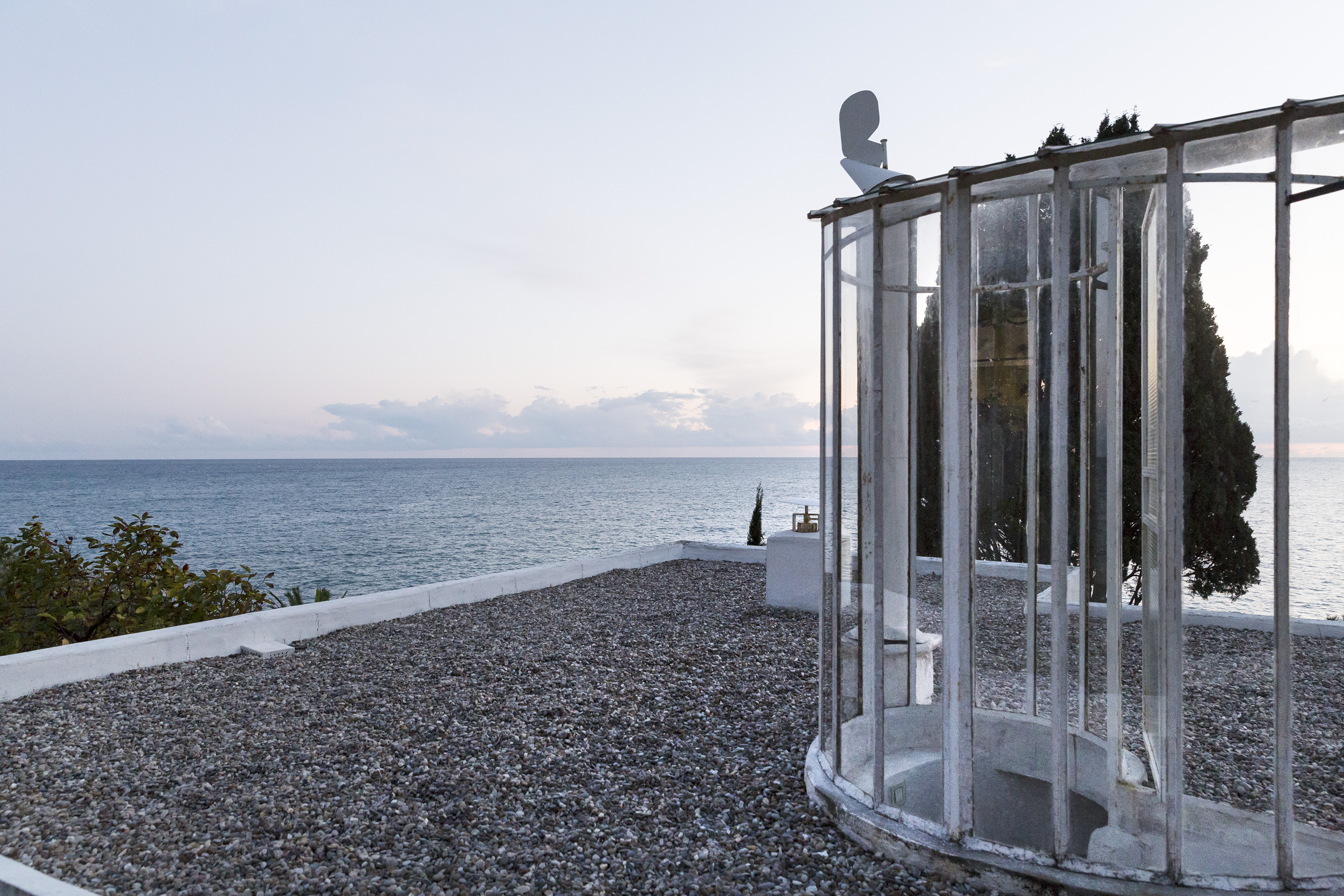
INFORMATION
For more information, visit the Cap Moderne website and the crowdfunding campaign website.
Wallpaper* Newsletter
Receive our daily digest of inspiration, escapism and design stories from around the world direct to your inbox.
Harriet Thorpe is a writer, journalist and editor covering architecture, design and culture, with particular interest in sustainability, 20th-century architecture and community. After studying History of Art at the School of Oriental and African Studies (SOAS) and Journalism at City University in London, she developed her interest in architecture working at Wallpaper* magazine and today contributes to Wallpaper*, The World of Interiors and Icon magazine, amongst other titles. She is author of The Sustainable City (2022, Hoxton Mini Press), a book about sustainable architecture in London, and the Modern Cambridge Map (2023, Blue Crow Media), a map of 20th-century architecture in Cambridge, the city where she grew up.
-
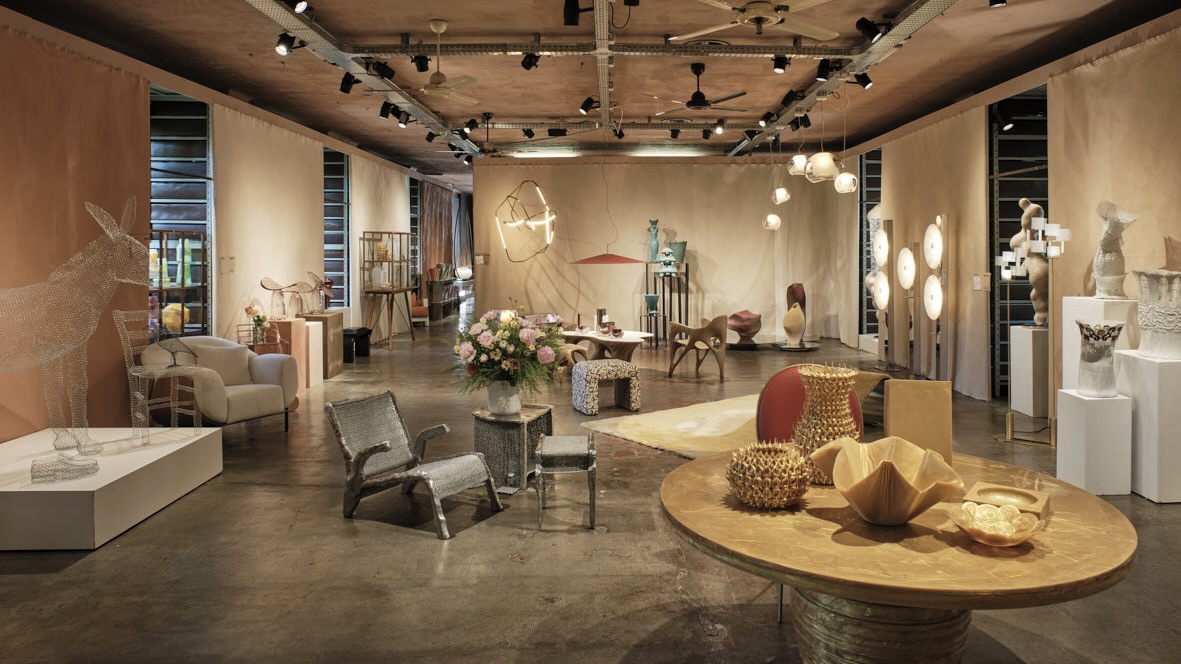 Eight designers to know from Rossana Orlandi Gallery’s Milan Design Week 2025 exhibition
Eight designers to know from Rossana Orlandi Gallery’s Milan Design Week 2025 exhibitionWallpaper’s highlights from the mega-exhibition at Rossana Orlandi Gallery include some of the most compelling names in design today
By Anna Solomon
-
 Nikos Koulis brings a cool wearability to high jewellery
Nikos Koulis brings a cool wearability to high jewelleryNikos Koulis experiments with unusual diamond cuts and modern materials in a new collection, ‘Wish’
By Hannah Silver
-
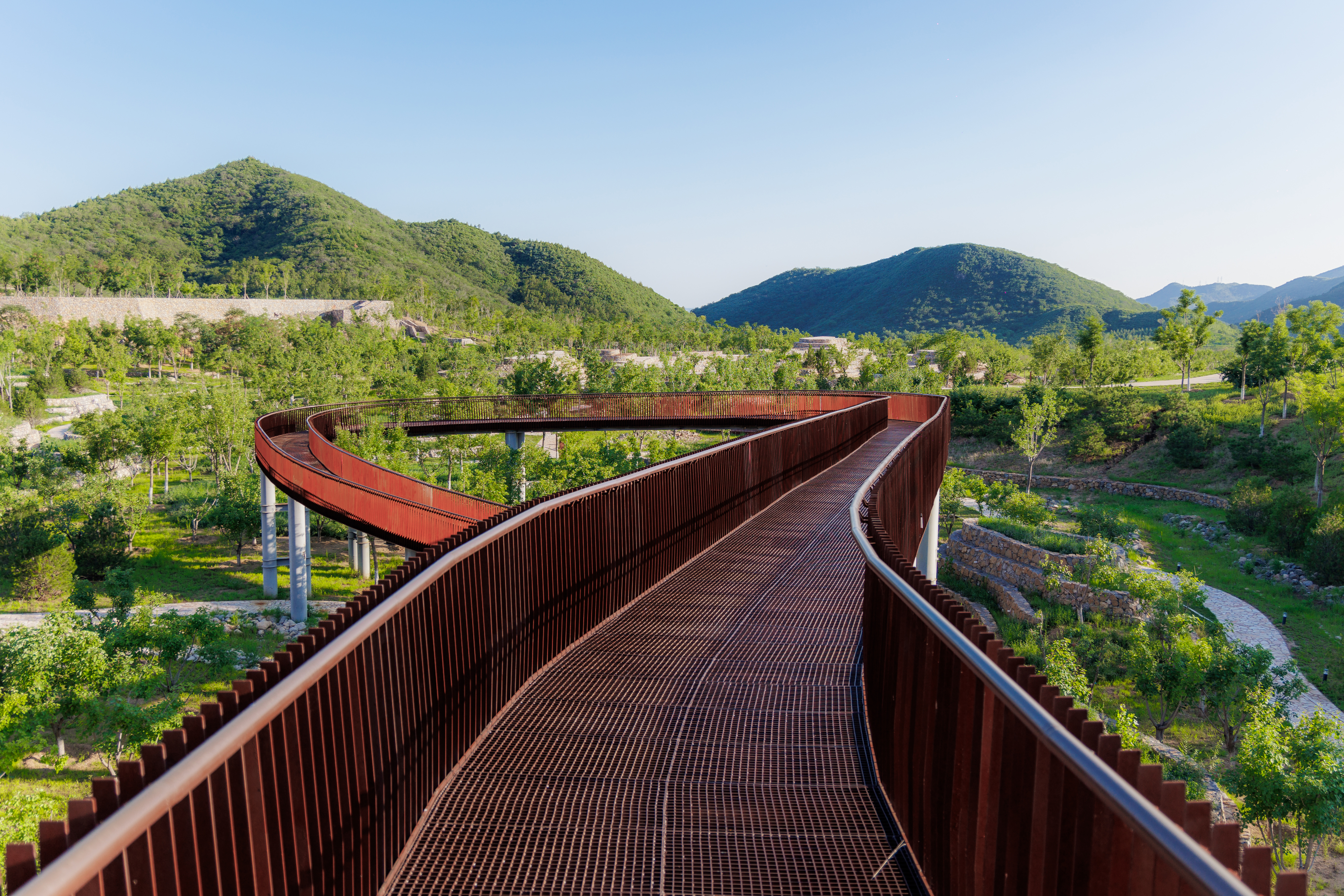 A Xingfa cement factory’s reimagining breathes new life into an abandoned industrial site
A Xingfa cement factory’s reimagining breathes new life into an abandoned industrial siteWe tour the Xingfa cement factory in China, where a redesign by landscape specialist SWA Group completely transforms an old industrial site into a lush park
By Daven Wu
-
 Croismare school, Jean Prouvé’s largest demountable structure, could be yours
Croismare school, Jean Prouvé’s largest demountable structure, could be yoursJean Prouvé’s 1948 Croismare school, the largest demountable structure ever built by the self-taught architect, is up for sale
By Amy Serafin
-
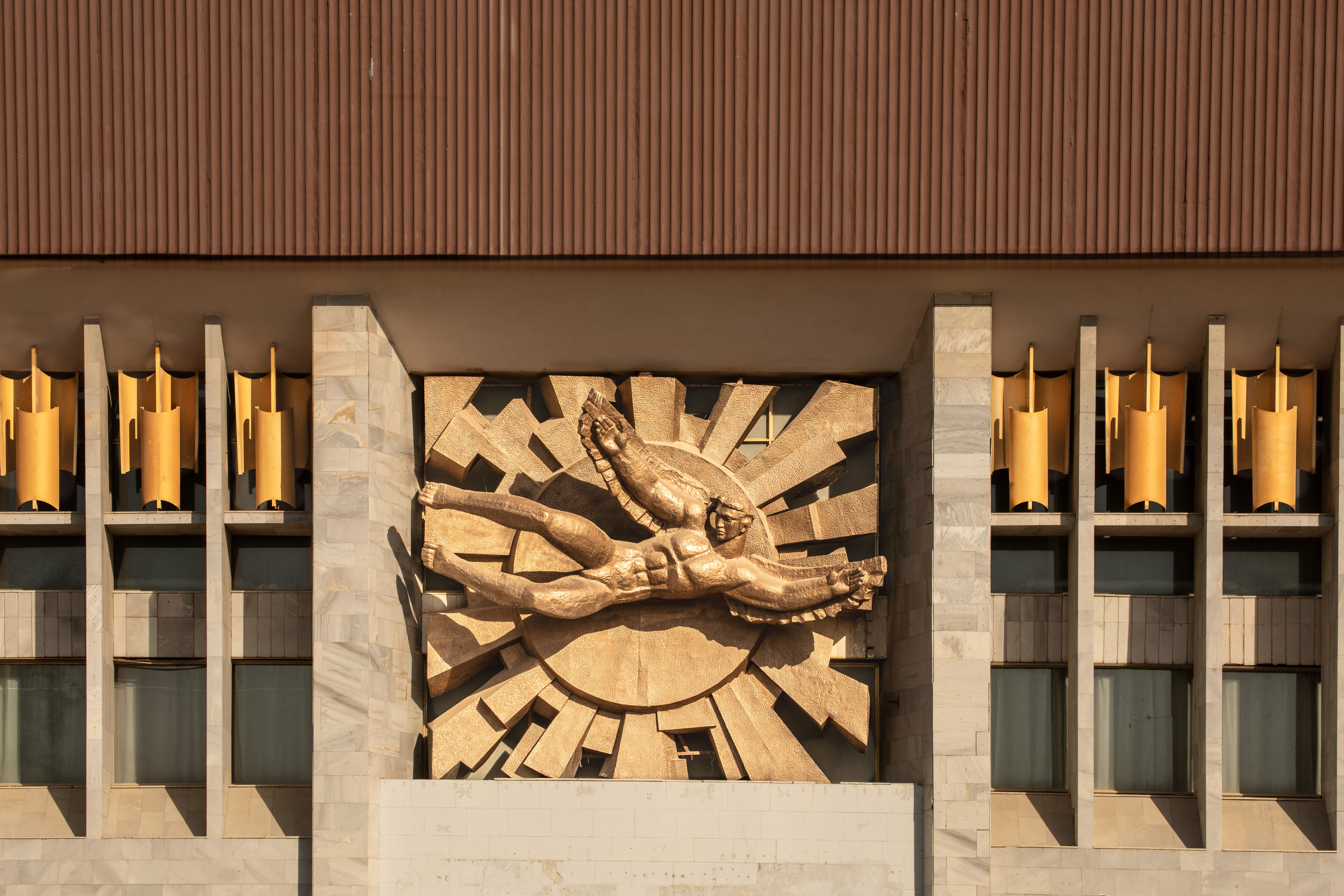 Jump on our tour of modernist architecture in Tashkent, Uzbekistan
Jump on our tour of modernist architecture in Tashkent, UzbekistanThe legacy of modernist architecture in Uzbekistan and its capital, Tashkent, is explored through research, a new publication, and the country's upcoming pavilion at the Venice Architecture Biennale 2025; here, we take a tour of its riches
By Will Jennings
-
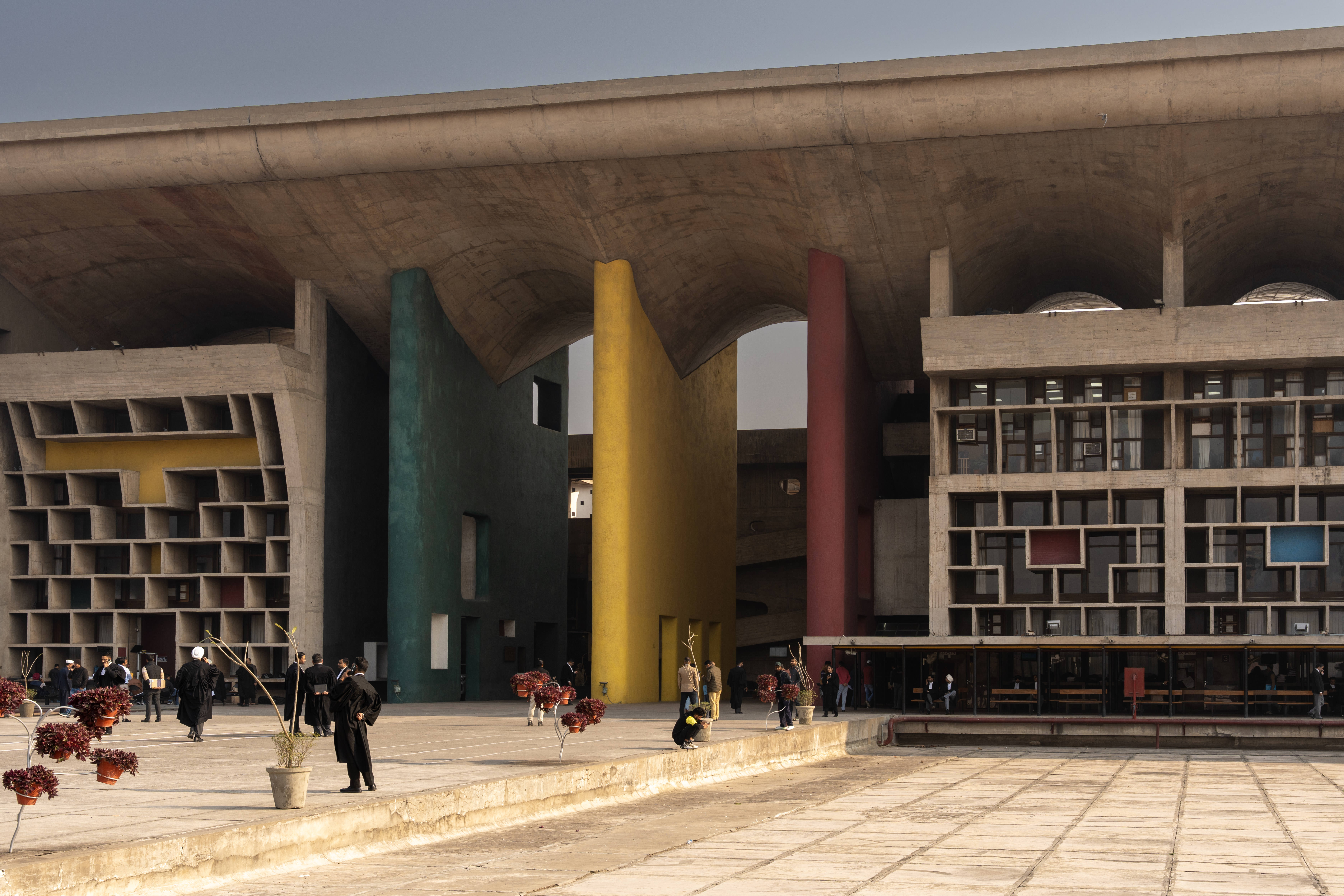 This ‘architourism’ trip explores India’s architectural history, from Mughal to modernism
This ‘architourism’ trip explores India’s architectural history, from Mughal to modernismArchitourian is offering travellers a seven-night exploration of northern India’s architectural marvels, including Chandigarh, the city designed by Le Corbusier
By Anna Solomon
-
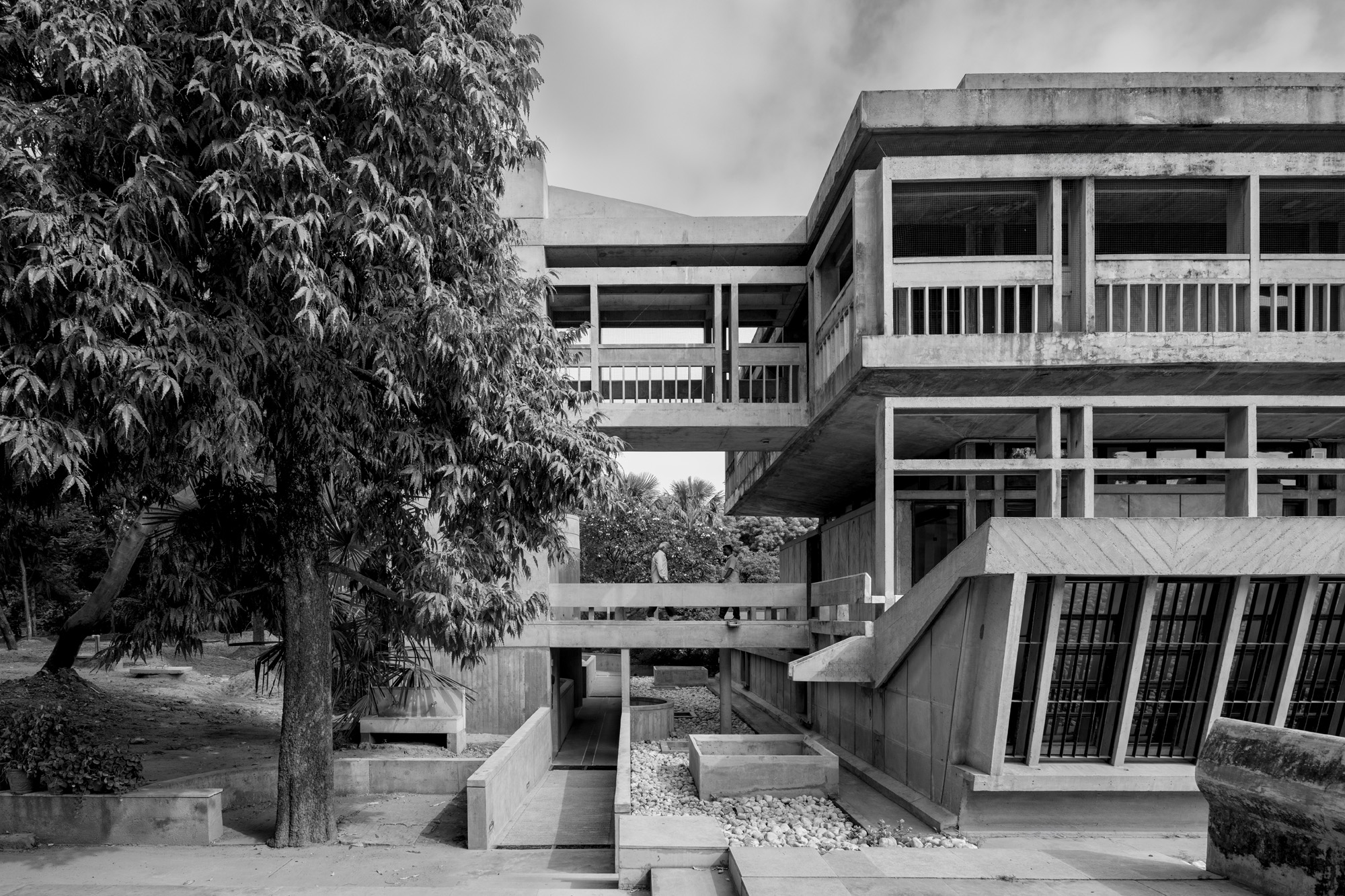 At the Institute of Indology, a humble new addition makes all the difference
At the Institute of Indology, a humble new addition makes all the differenceContinuing the late Balkrishna V Doshi’s legacy, Sangath studio design a new take on the toilet in Gujarat
By Ellie Stathaki
-
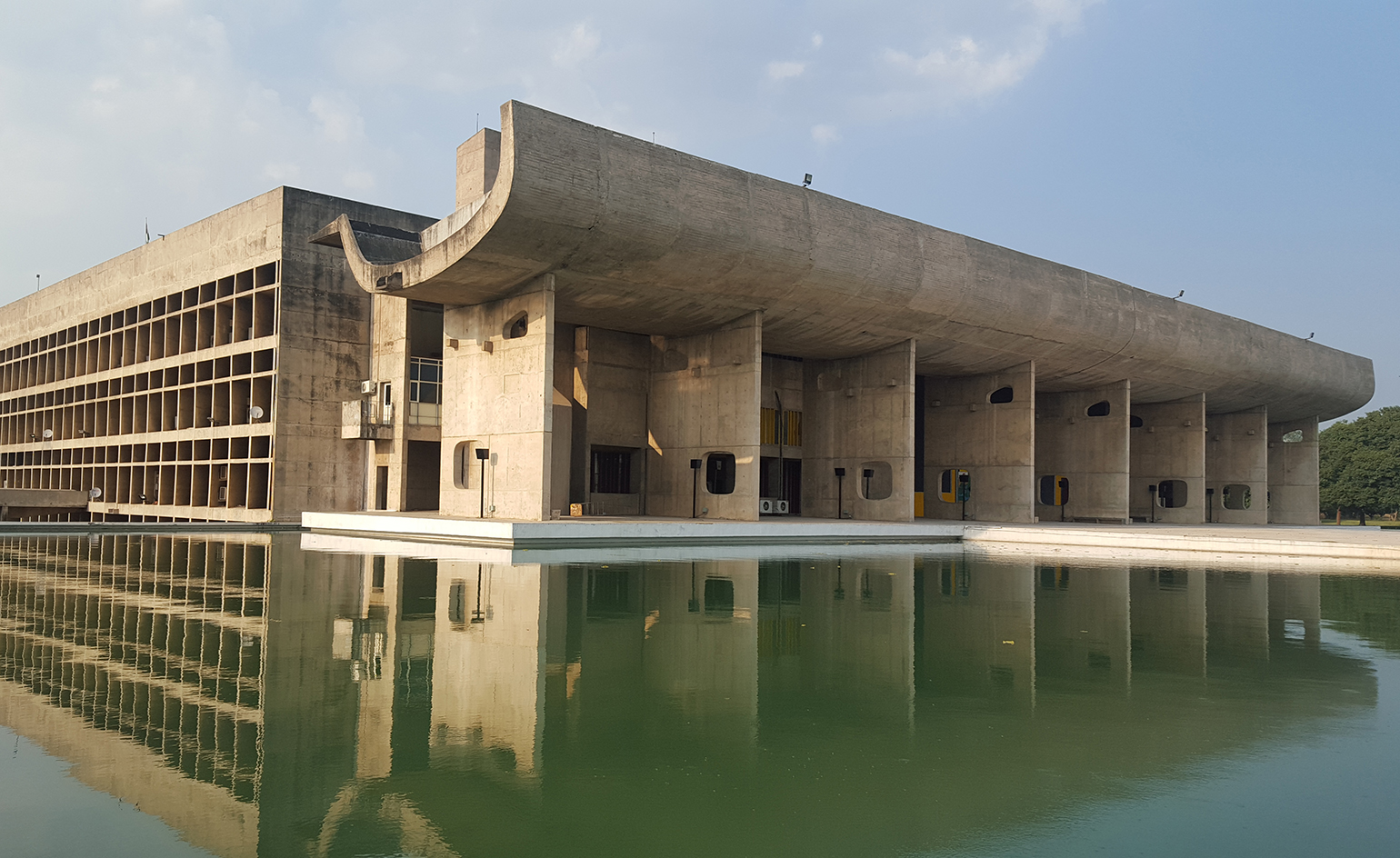 How Le Corbusier defined modernism
How Le Corbusier defined modernismLe Corbusier was not only one of 20th-century architecture's leading figures but also a defining father of modernism, as well as a polarising figure; here, we explore the life and work of an architect who was influential far beyond his field and time
By Ellie Stathaki
-
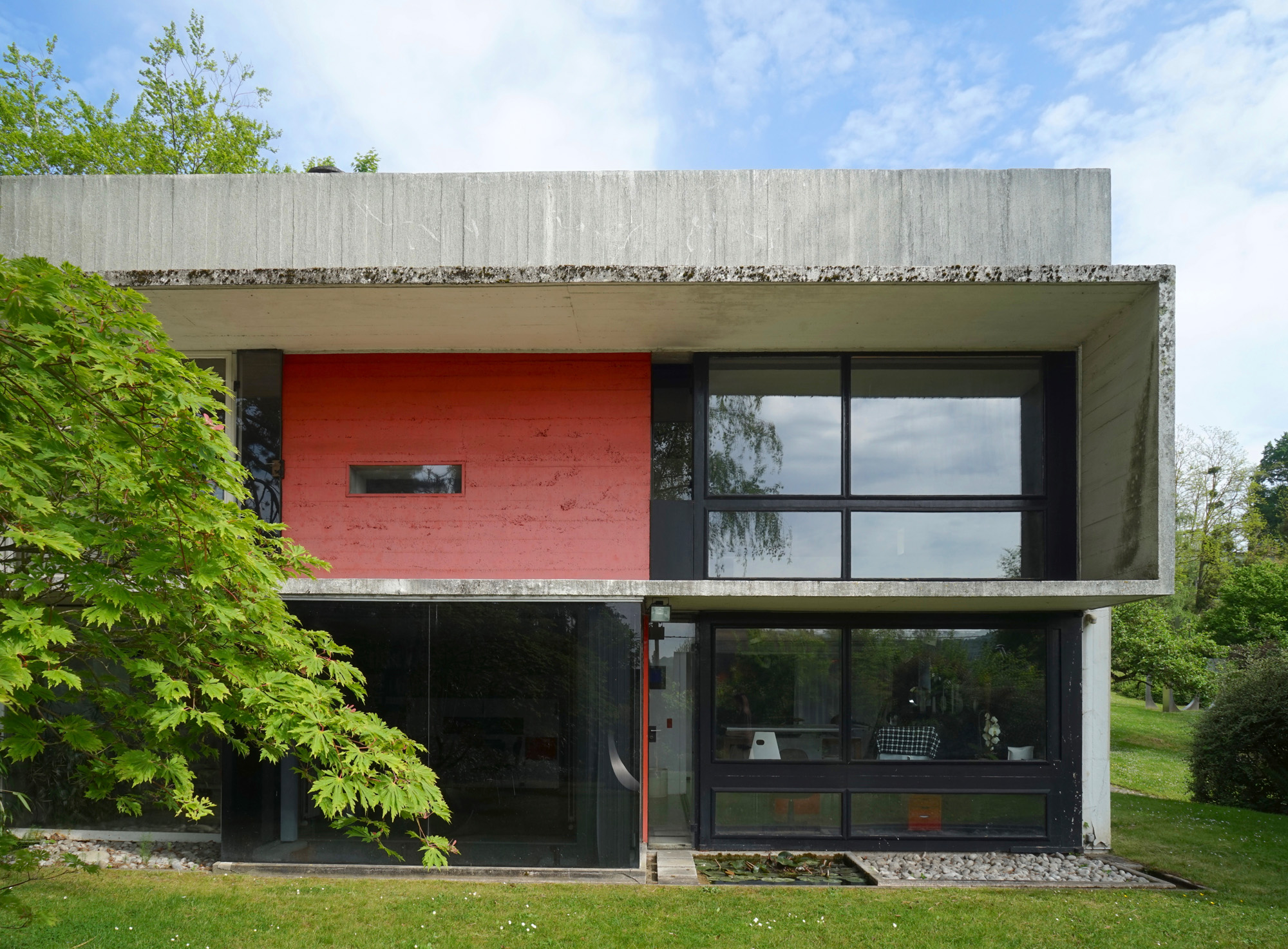 How to protect our modernist legacy
How to protect our modernist legacyWe explore the legacy of modernism as a series of midcentury gems thrive, keeping the vision alive and adapting to the future
By Ellie Stathaki
-
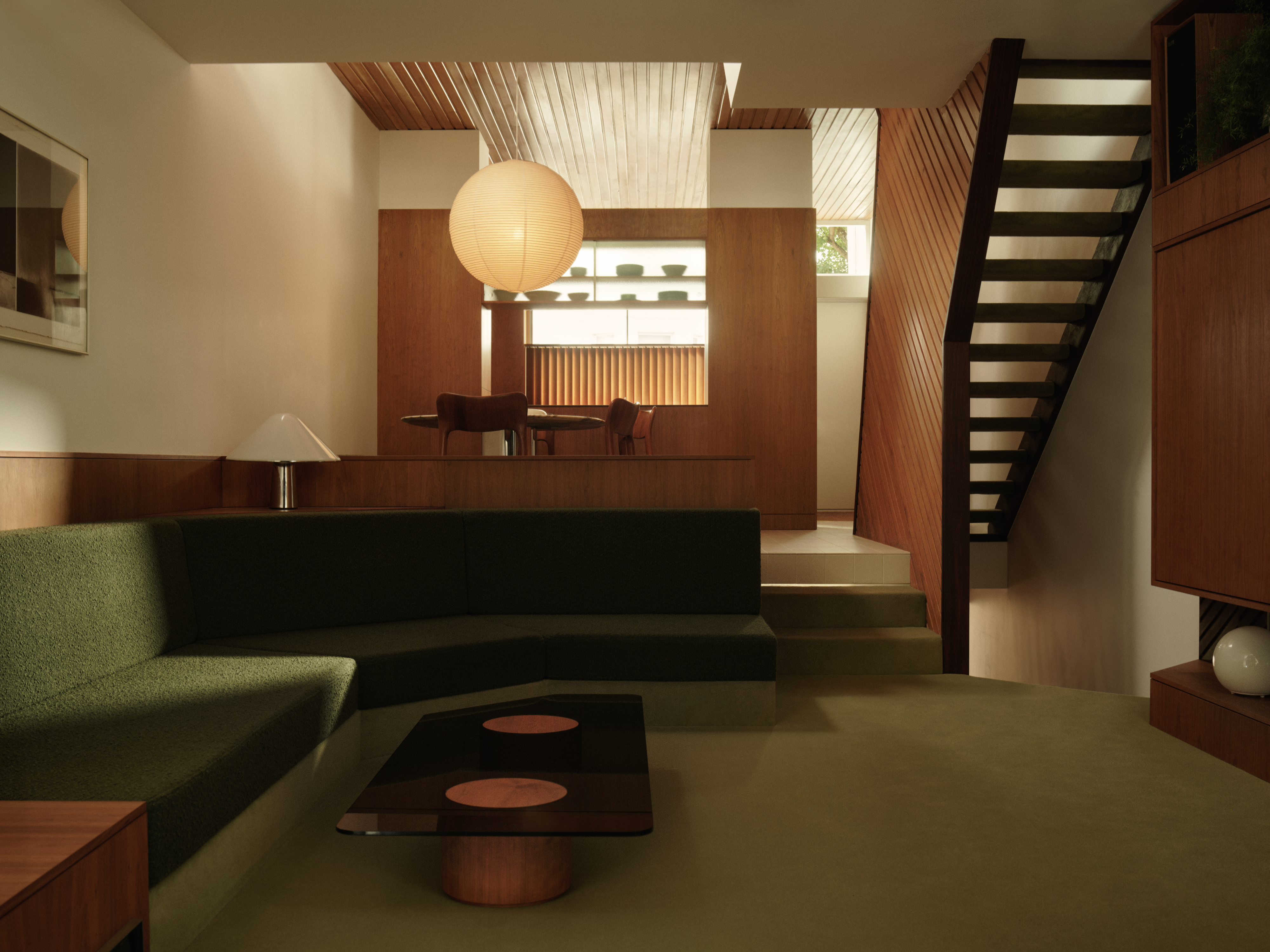 A 1960s North London townhouse deftly makes the transition to the 21st Century
A 1960s North London townhouse deftly makes the transition to the 21st CenturyThanks to a sensitive redesign by Studio Hagen Hall, this midcentury gem in Hampstead is now a sustainable powerhouse.
By Ellie Stathaki
-
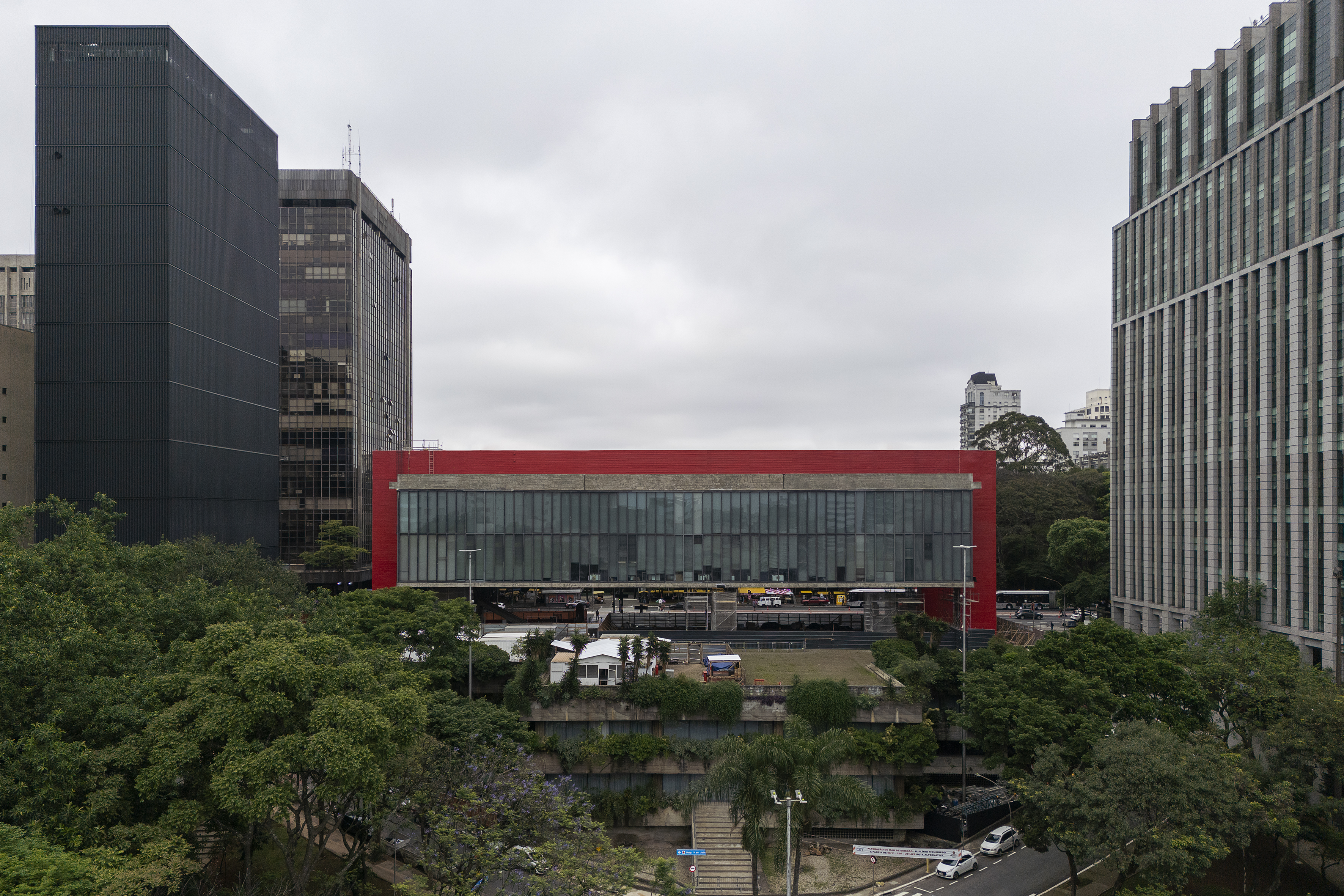 The new MASP expansion in São Paulo goes tall
The new MASP expansion in São Paulo goes tallMuseu de Arte de São Paulo Assis Chateaubriand (MASP) expands with a project named after Pietro Maria Bardi (the institution's first director), designed by Metro Architects
By Daniel Scheffler